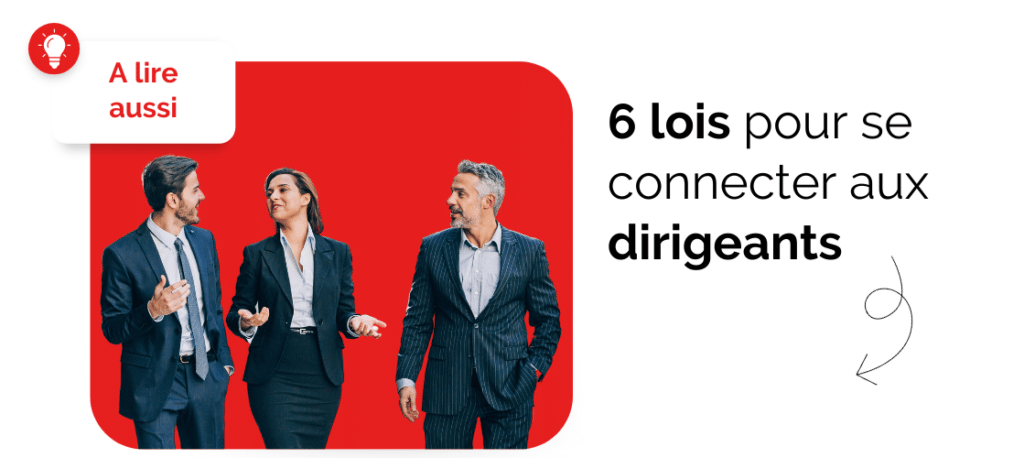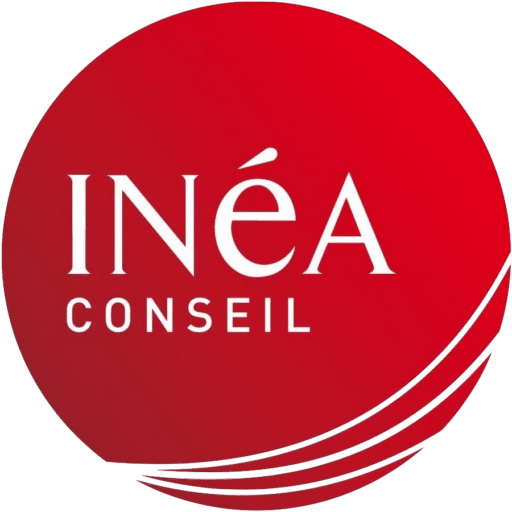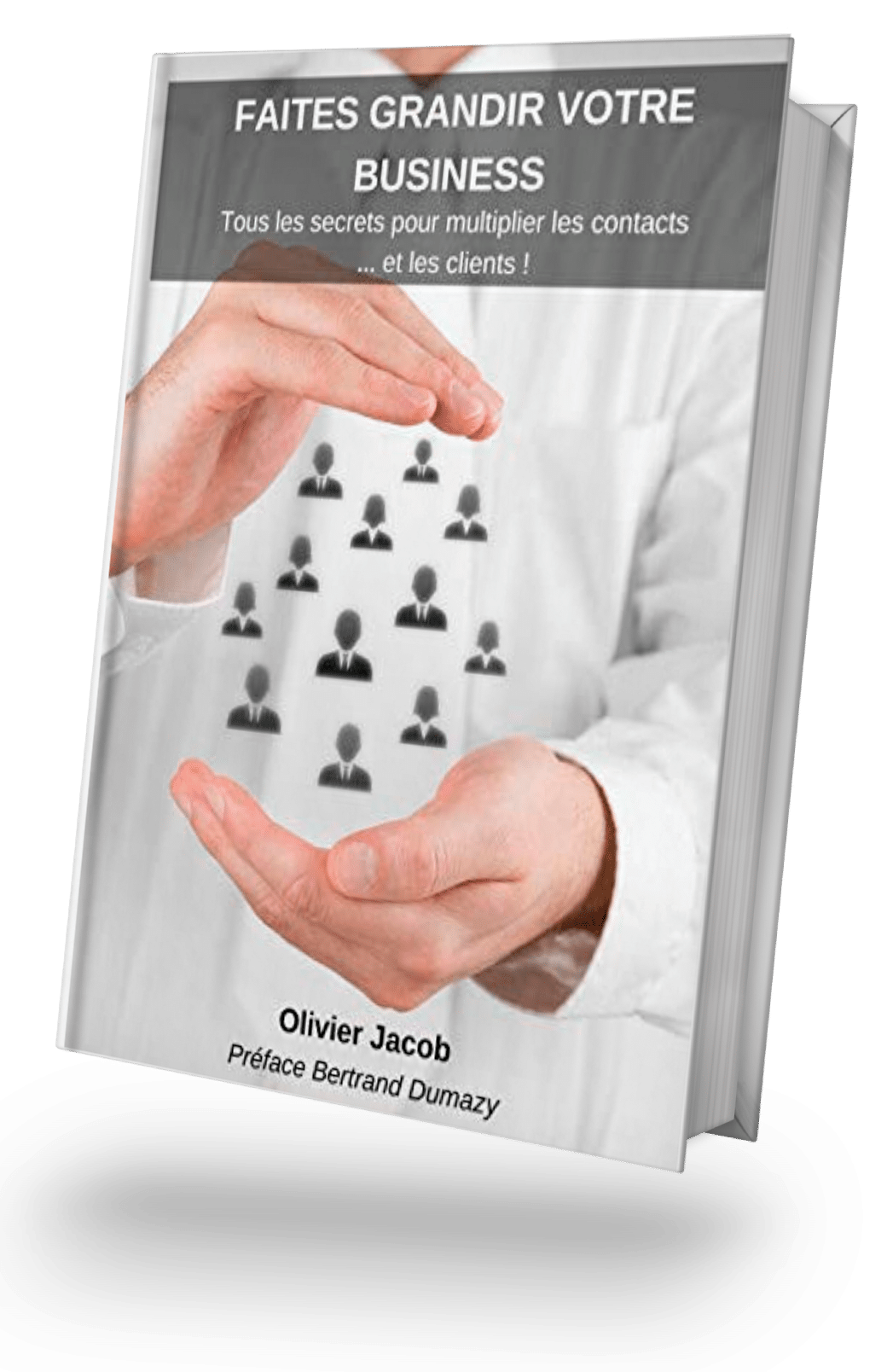By Olivier Jacob and Andrew Sobel
The challenge
Most executives can fill their day three times over with people who want to meet them. They need, in other words, a compelling reason to spend an hour with you.
One CEO told me that a supplier to his company had squeezed him in for "just 20 minutes" to look at what he thought was an important issue. The CEO told him, "I'm trying to schedule this with you, but you have to realize that right now, there's a long line outside my door of people who want 'just' 20 minutes with me!"
Middle managers have limited budgets and naturally want to get their money's worth. But time-pressed executives want to get their money 's worth.
You need to answer the question, "Why should an executive spend his or her short time with me, then agree to an upcoming meeting?" The answer must be because you're constantly adding abundant time value to your conversations with executives.
The solution: the value of time
Executives gain value from time in several ways. For example:
- Learn something new that helps them be a better leader and manage more effectively.
- Be informed of a new problem or opportunity.
- See an already familiar challenge in a new light.
- Understand how to better achieve your goals and priorities.
- Expand their personal and professional networks .
Here are nine strategies that will help you save time and make a powerful impact when meeting with an executive, whether with a potential or existing client:
Strategy 1: Get a glimpse of the outside world.
Executives are attracted to professionals who have a strong point of view to share. Do you offer valuable information on industry challenges, technology trends, customers, markets, competition, the economy or government policies?
Strategy 2: Provide internal company information.
Can you broaden their perspectives based on your knowledge of their organization and people, either through your direct work with the customer, or through indirect observation and research? If it's an existing customer, what information can you share with the executive based on your work with them?
Strategy 3: Align with the customer's agenda.
If what you have to say doesn 't correspond in some way to their most important goals and priorities , you won't seem relevant at all. Customers will have little interest in your product or solution if they can't see how it will help them support one of their 3-5 priorities.
Strategy 4: Understand and respond to what's important right now.

Every executive has a long-term agenda, but urgent short-term problems arise that need to be dealt with quickly or given special attention. Don't ignore them just because you want to show off your PowerPoint slides! Some of my most productive meetings with CEOs have taken place when we actually abandoned the original agenda to focus on a very topical and urgent issue that had arisen.
Strategy 5: Challenge them.
Internal staff will rarely challenge their boss, and this has been confirmed in research studies. For example, challenge your customer to achieve even higher goals, or to define the problem or opportunity in a broader sense.
Strategy 6: Help them formulate the problem differently.
Everyone, including the CEO, looks at their challenges through a particular set of lenses. Can you help them see a problem or opportunity in a different light? Can you highlight a problem that isn't on their radar right now, but that they need to focus on?
Strategy 7: Add value differently.

Can you :
Offer to make a quality introduction of yourself to another senior executive? Help them with something of great personal interest? Prototype an idea for them? Do a review? Follow up on a question they have? Send them qualitative content that elucidates a problem of interest?
Strategy 8: Help them use their time efficiently.
Never confuse quantity of time with quality of time. Can you help them make the most of their day or prioritize more effectively? What if you could take just 30 minutes to discuss something or make a decision that others are spending an hour on? Executives love it when you help them save precious time.
Strategy 9: Surprise and intrigue them.
Executives are always looking for new and different ideas. Can you show them a truly innovative best practice they've never seen outside their industry? Can you illustrate a solution they didn't know existed? Can you highlight an emerging trend they've missed? Would you be willing to say "no" to an idea or proposal that everyone else says "yes" to?
Use these strategies in your next meetings and you may find that your client is so engaged that the 30 minutes they allotted you increases to 45 or 60 minutes!
About the authors
Andrew Sobel is the leading authority on the strategies and skills needed to develop clients for life. He is the world's most published author on the subject, having written eight best-selling books on customer relationships, including the international bestsellers Customers for Life and Power Matters. More than 100 leading firms, such as PwC, Citibank, UBS, Booz Allen Hamilton, Cognizant, Deloitte and many others have used his book Clients for Life to develop trusted advisor skills and increase their clients' revenues.
Olivier Jacob has decades of expertise as a coach, trainer, and conference facilitator on the topics of management and sales. Author of the book "Make your business grow" and passionate about personal effectiveness, strategy, sales, commitment and new technologies, he created Inéa Conseil in 2008 to help companies sell more and better, and managers better mobilize their employees.





